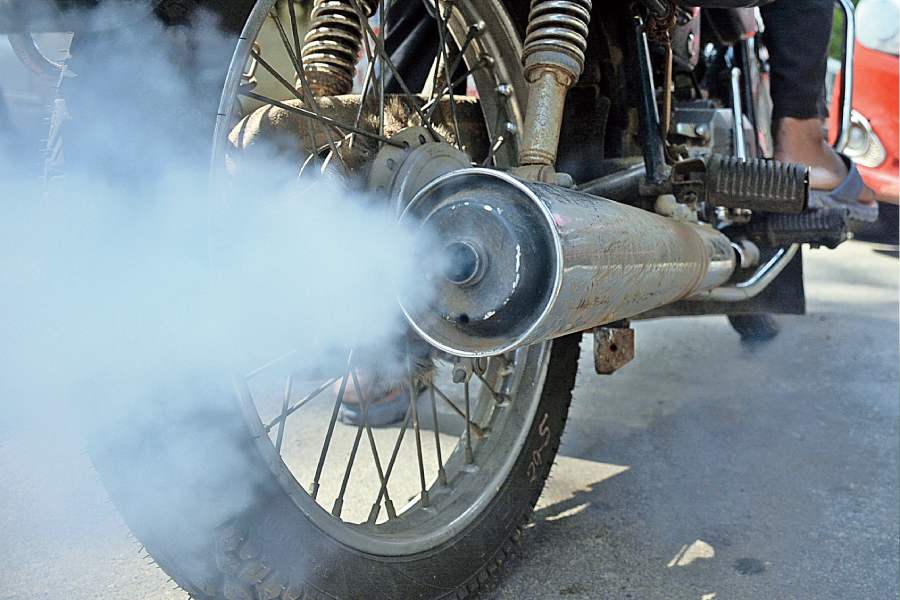Death is in the air. The Air Quality Life Index by the University of Chicago has revealed that particulate pollution reduced average life expectancy in India by 5.3 years in 2021. This figure was much higher for those staying in northern India — Delhiites lose 11.9 years of their life owing to air pollution, for instance — which is home to 50 of the world’s most heavily polluted regions. An uptick in vehicular emissions and the consumption of fossil fuels to produce electricity have been identified as the foremost sources of air pollution in South Asia. This is not surprising. In spite of much-lauded efforts in clean energy, the carbon footprint of India’s coal-processing industry remains stark. The country has the world’s second-highest number of operational coal power plants, none of which is scheduled to be phased out at least till 2030. Coal production might not be phased out anytime soon but India does have a vehicular scrappage policy, which came into effect in 2022. Yet, several states have flouted this policy and similar orders from various courts with impunity. West Bengal is an example — approximately 92 lakh vehicles that are older than 15 years still ply in the state in spite of repeated orders to scrap these. It is also unfortunate that while most Indian cities have clean air plans, these are rarely ever implemented. Instead, action on checking pollution remains reactive — Delhi’s response to its poor air quality each winter is a case in point — rather than proactive.
Tackling air pollution in the Indian context is also tied to social justice and poverty alleviation. A significant percentile of mortality has been sourced to household air pollution. This goes to underscore the importance of schemes such as Pradhan Mantri Ujjwala Yojana. The scope of this scheme was expanded recently with much pomp. But this is only half the story. Last year, over 1.18 crore beneficiaries of this scheme bought no refills, while another 1.51 crore bought just one refill owing to the cost and hassle of refills. This defeats the purpose of the scheme. The most significant challenge to tackling pollution, though, is institutional indifference towards the toll it takes. This apathy, in turn, is the consequence of the absence of public pressure on the authorities to act. Limiting the discourse on environment to the academic curriculum is not having the desired effect. Given the ramifications on health, economy and culture, environmental challenges such as pollution must find their place in the political — electoral — arena. Only then would the government pull up its green socks.











